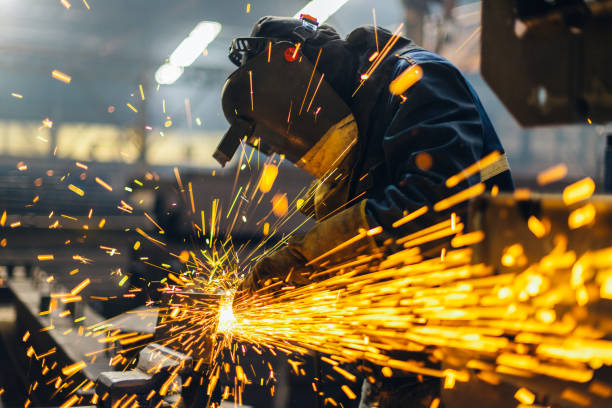Types of Polishing Methods in Sheet Metal Finishing Processes
📆 2021-05-05

Polishing not only improves the aesthetics of the workpiece, but also improves the corrosion and abrasion resistance of the material surface. Besides, it can also make the product have other advantages, such as making the product easy to disassemble, reducing the production injection cycle and so on.
Therefore, polishing is a very important process in production. Currently there are several polishing methods that are commonly used, including:
-
Mechanical Polishing
Mechanical polishing is a polishing method that removes the convex part that is polished after plastic deformation of the material surface by cutting to get a smooth surface, generally using grindstones, wool wheels, sandpaper, and others, especially manual operations. -
Chemical Polishing
Chemical polishing is to make the surface of the convex material microscopically in a chemical medium more distinctive than the concave part, so that a smooth surface is obtained. The main advantage of this method is that it does not require complicated equipment, can polish workpieces with complex shapes, and can polish multiple workpieces simultaneously, with high efficiency. -
Electrolytic Polishing
The basic principle of electrolytic polishing is the same as chemical polishing, that is, the surface is smooth polished by small, protruding parts on the surface of the selectively dissolved material. Compared with chemical polishing, the effect of cathode reaction can be eliminated, which is much better. -
Ultrasonic Polishing
The workpieces are placed in an abrasive suspension and placed together in an ultrasonic field, and the abrasives are ground and polished on the workpiece surface by ultrasonic vibrations. Today's ultrasonic processing can be combined with several chemical or electrochemical methods. -
Fluid Polishing
Fluid polishing relies on highspeed flowing fluids and abrasive particles carried by it to wash the workpiece surface in order to achieve the polishing purpose. Hydrodynamic grinders move due to hydraulic pressure, so that the liquid media can carry particles flowing across the workpiece at high speed. -
Magnetic Grinding and Polishing
Magnetic milling and polishing is the use of magnetic abrasives to form an abrasive brush under the action of a magnetic field to grind a workpiece. This method has high processing efficiency, good quality, easy control of processing conditions and good working conditions.
The above discussion is a brief discussion of several polishing methods in the metal finishing process. For more information about what methods are used at Duta Laserindo Metal, you can contact us to see details of the specific process of forming sheet metal.
別の記事

Factors to Consider in Evaluating a Laser Marking System
When choosing the ideal model that you want for the purpose of using laser marking on your product, the following are the best things to consider,...
略さずに →
Types of Sheet Metal Joining Techniques
Sheet metal processing is included in the forming process, high material utilization rate, light quality, good strength, useful for electromagnetic...
略さずに →

